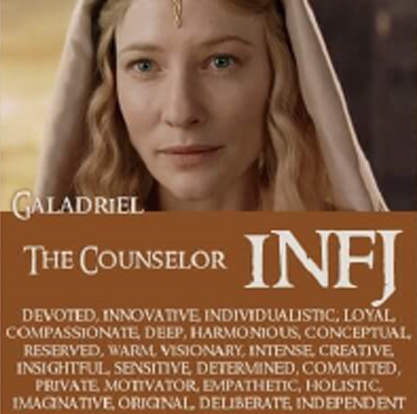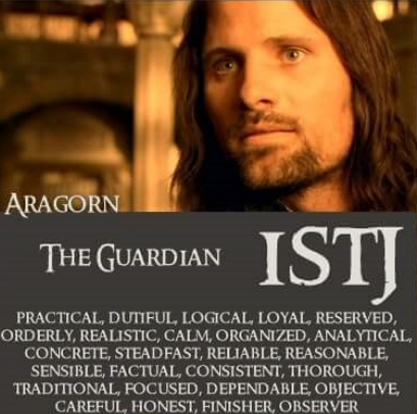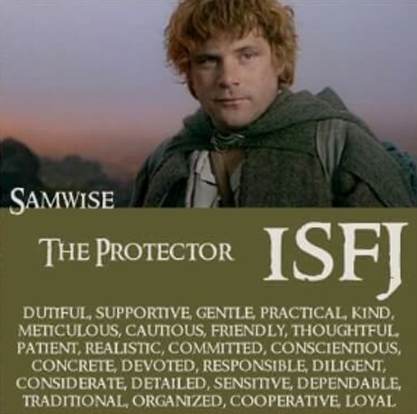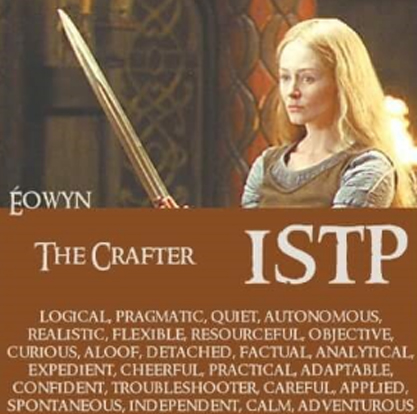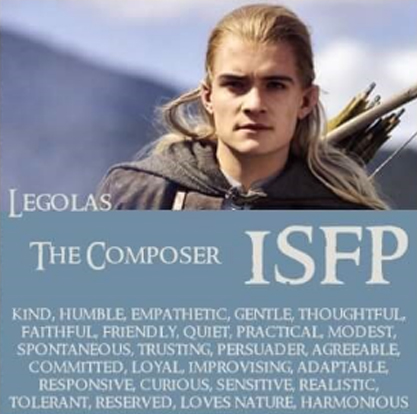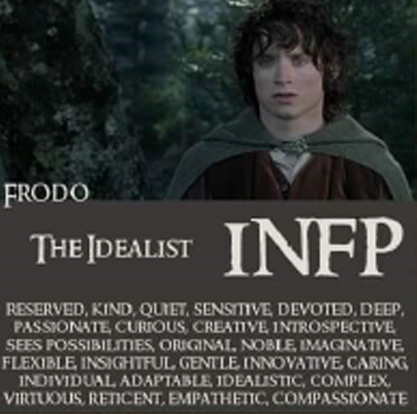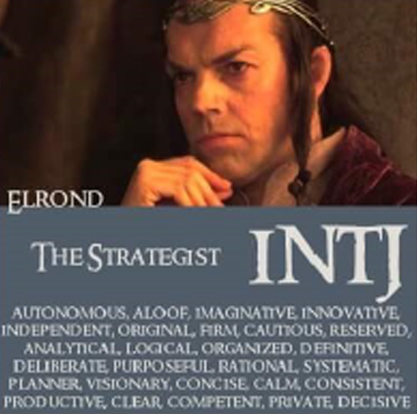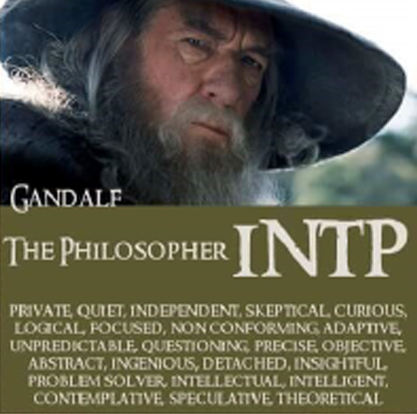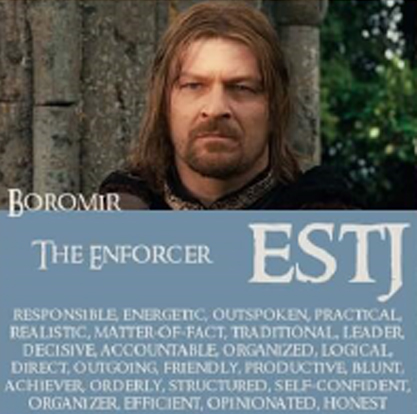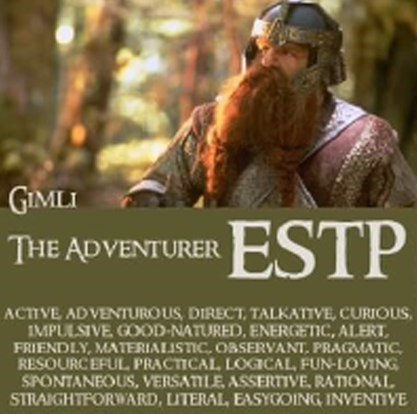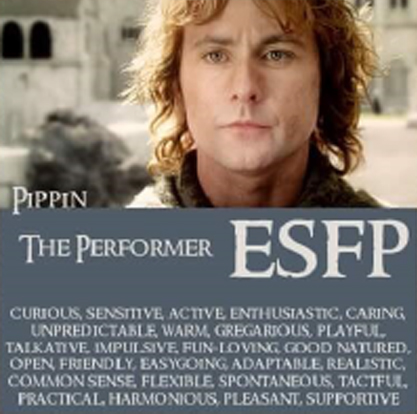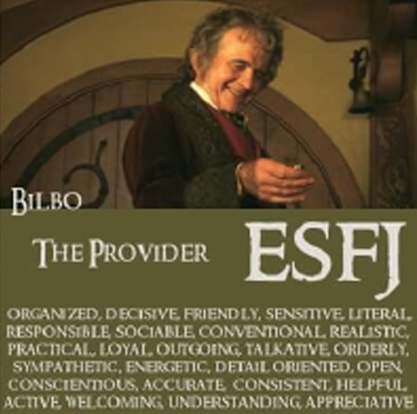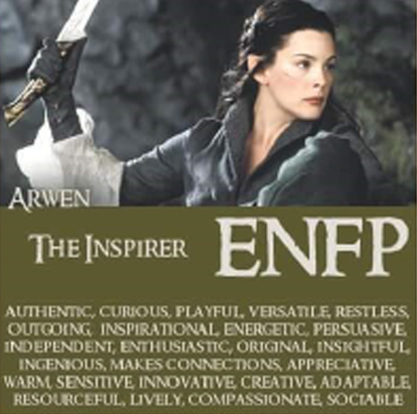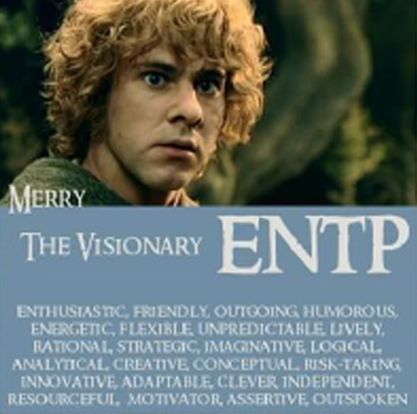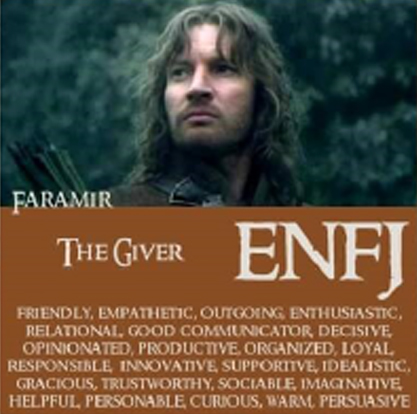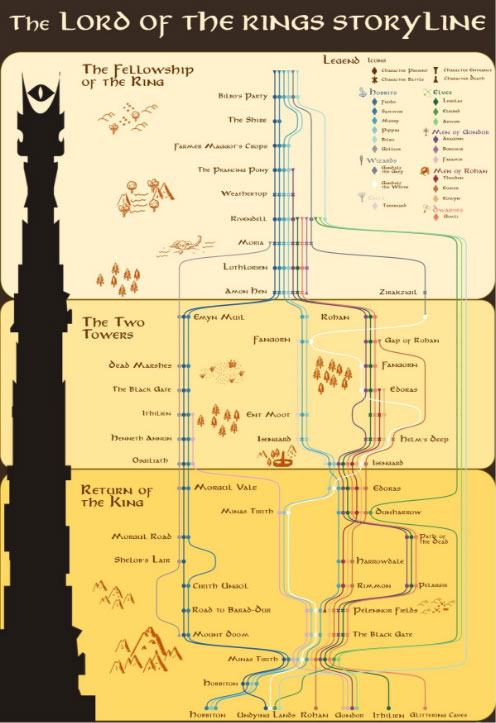Learning from the lord of content

Ever wonder how J.R.R. Tolkien got millions of readers through his 1500-page opus of a book while brands struggle even to get a handful to acknowledge the content they post online? With attention spans as good as a gnat, keeping people interested in what you put out is hard. But the solution all boils down to the art of storytelling.
The celebrated author Stephen King once famously said, “Description begins in the writer’s imagination but should finish in the reader’s.” It’s much the same with the content you put out as well. Everyone has ideas, but the execution of that idea and the conversations it sparks are what ultimately matters.
After analysing the work I’m so fond of, I mapped out how Tolkien’s work can indeed provide inspiration and valuable insights for the digital marketing landscape. I mined six must-haves for all great content.
Invite your reader into a world
Tolkien’s mastery over storytelling is evident in his ability to draw the reader into his world and keep them there. Just as Tolkien’s descriptions immerse readers in his world, digital content creators can use evocative language, vivid imagery, and sensory details to transport users to different realms. By crafting compelling narratives that resonate with their target audience, digital storytellers can create a lasting impact.
With descriptions like these, the reader is instantly transported to the place. Here’s a taste: “Mordor stretched before them, a desolate and ominous land shrouded in perpetual darkness. Jagged mountains, scarred by fire and shadow, encircled a wasteland of ash and dust. The air reeked of Sulphur, and the Eye of Sauron loomed atop the ominous tower, casting its baleful gaze upon all who dared to enter.”
Whether through written articles, visual content, or interactive experiences, drawing users into a narrative and holding their interest is key in the dynamic and competitive digital landscape.
Create a sense of belonging
The Lord of the Rings movies sparked a remarkable transformation in New Zealand’s tourism industry by leveraging the power of shared interest to build vibrant communities. The films forged a worldwide network of enthusiastic fans enthralled by the awe-inspiring landscapes portrayed on screen.
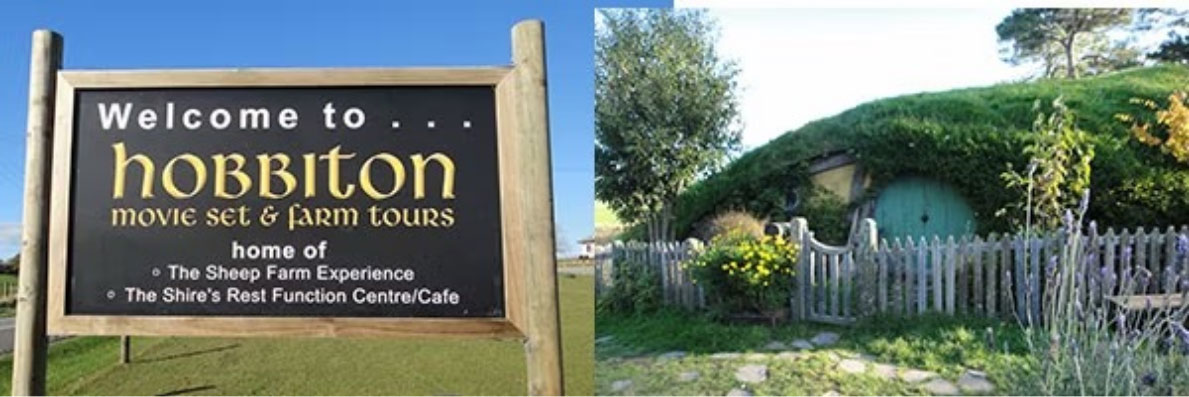
Tolkien’s work has fostered a community that spans generations. Through masterpieces like The Silmarillion & The Lord of the Rings, Tolkien crafted a rich and immersive world populated by characters like the Nazgul, the Rangers, Men, Orcs, Elves, and Hobbits, with the additional delight of intricate languages like Entish, and the Black Speech of Mordor, with epic questlines.
The allure of visiting iconic filming locations, such as Hobbiton (The Shire) or the Tongariro National Park (Rohan), brought fans together, developing a sense of camaraderie and community among them. This shared enthusiasm led to the formation of dedicated online forums, events, fan clubs, and social media groups.
So, the next time you create content, pick elements out of this and try to cultivate a similar sense of community around your brand.
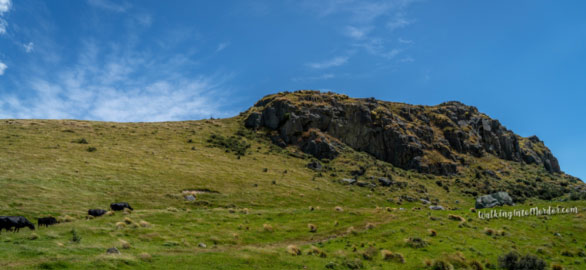
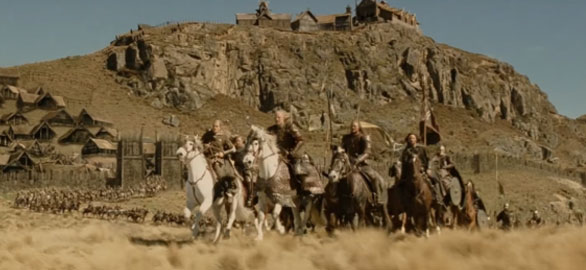
Edoras Village in Tongariro National Park, NZ
Take them on an adventure
Tolkien’s epic quest in The Lord of the Rings evokes a sense of adventure, discovery, and wonder. Creating anticipation and curiosity with teasers and hints encourages customers to embark on their own quests. Incorporate gamification elements, such as challenges and rewards, to fuel the spirit of discovery. Leverage user-generated content and testimonials to build a community of enthusiasts. Finally, infuse your brand messaging with a touch of magic and wonder, leaving customers in awe and eager to explore more.
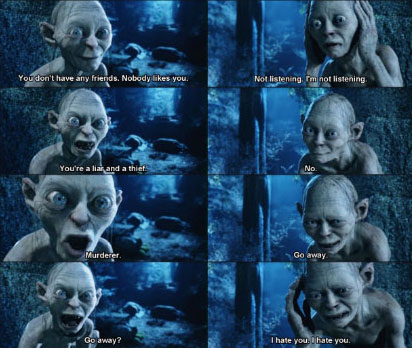
The dual personality seen between Gollum & Smeagol
Take this adventure, for instance; once a hobbit, Smeagol’s life takes a dark turn when he becomes obsessed with the One Ring. The corrupting power of the Ring transforms him into a twisted and pitiable creature. Driven by his insatiable desire for the Ring, Smeagol leads a solitary existence, consumed by internal conflicts and a dual personality.
His adventure intersects with the quest of Frodo and Sam as they journey towards Mount Doom to destroy the Ring. Ultimately, Smeagol’s adventure concludes in a bittersweet manner. The Ring’s destruction releases him from its hold, albeit at a great personal cost. In the end, Smeagol’s tragic journey serves as a cautionary tale about the corrupting nature of power and the potential for redemption that illustrate the profound themes of the human condition explored within “The Lord of the Rings.”
Leave an unforgettable image
Tolkien’s vivid descriptions of landscapes, characters, and mythical creatures lend themselves well to visual representation. Visual storytelling is a powerful marketing tool that engages audiences and creates a lasting impact.
By leveraging Tolkien’s descriptive prowess, you can infuse your marketing materials with rich visuals that ignite the imagination and leave a lasting impression on your target audience. Whether through photographs, captivating videos, or immersive graphics, visual storytelling can elevate your brand’s message and create a memorable customer experience.
The perfect example of this would be the Balrog in Peter Jackson’s adaptation of The Lord Of The Rings. In Tolkien’s writings, the Balrog is described as a tall, shadowy figure wreathed in flame, with a fiery whip and a sword. However, Jackson took artistic liberties to bring the Balrog to life on the big screen.
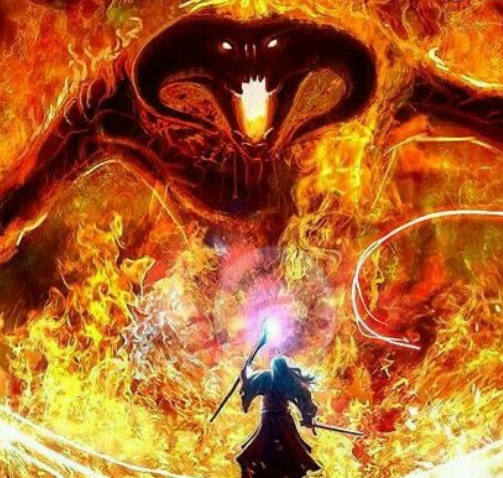
Balrog in the film
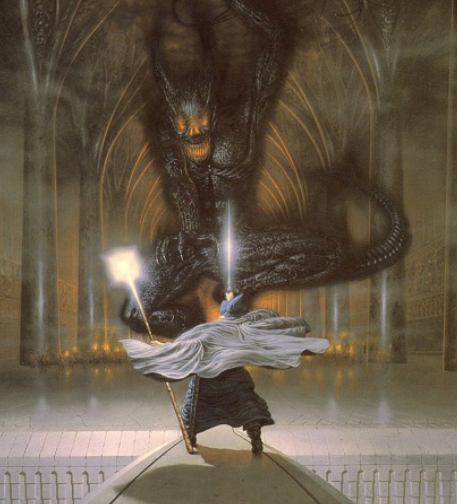
Balrog in the film
Jackson emphasised the Balrog’s size, making it an immense and imposing creature. He then depicted the Balrog as having a fiery, molten appearance throughout its body rather than simply being wreathed in flame. This added a visually stunning and dynamic element to its character. Lastly, the Balrog’s face is never explicitly described in the book. But Jackson gave it distinct facial features, including fiery eyes and sharp, menacing horns, to further enhance its terrifying nature.
Overall, Jackson’s portrayal of the Balrog showcased his creative interpretation of Tolkien’s description, utilising visual effects and his own vision to bring the creature to life in a visually striking and memorable way.
Tap into timeless themes
One prominent theme in J.R.R. Tolkien’s The Lord of the Rings is heroism, exemplified by characters like Frodo and Aragorn. Their selflessness, courage, and willingness to sacrifice for a greater cause inspire readers to strive for greatness and face adversity head-on.
By showcasing real-life stories of individuals who embody these heroic traits, brands can inspire their audience to align with their message and products, fostering a sense of purpose and empowerment. Through powerful storytelling and marketing campaigns, brands can tap into the universal desire for greatness and encourage consumers to overcome challenges, stand up for what they believe in, and make a positive impact on the world.
A couple examples of this from the book would be a lament composed by Eomer during the Battle of the Pelennor Fields, and a lay about the last Great Elf-king of Middle-earth, in the Siege of Barad-dûr at the end of the War of the Last Alliance.
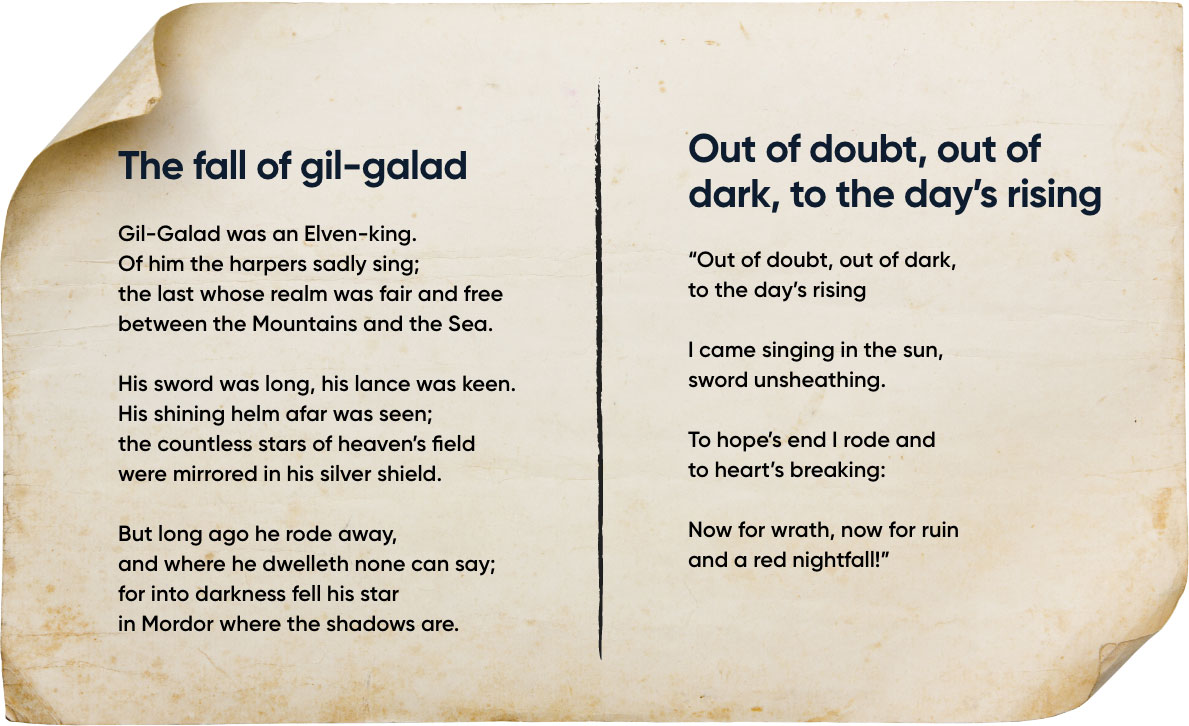
The struggle between good and evil is a central theme in the book. The battle against the dark forces of Sauron and the moral choices the characters face highlights the eternal conflict between right and wrong. Other themes in the book include the transformative power of hope, the resilience of the human spirit, and the importance of preserving nature and the environment.
Brands could draw inspiration from such themes by promoting ethical practices, social responsibility, and making a positive impact on society.
Weave your Web
Tolkien’s mastery lies in his ability to interweave multiple storylines and perspectives, creating a rich and intricate narrative tapestry. In The Lord of the Rings, he seamlessly intertwines Frodo’s perilous journey to destroy the One Ring with Aragorn’s quest to reclaim his throne, Gandalf’s machinations against Sauron, and the struggles of other characters like Sam, Legolas, and Gimli.
Each storyline enhances the others, forming a cohesive and captivating whole. Additionally, Tolkien employs different perspectives, such as the hobbits’ innocent yet resilient worldview, the noble ideals of the Elves, and the grit and determination of Men. This multi-dimensional approach imbues his tales with depth, allowing readers to explore various facets of Middle-earth and its inhabitants.
We are all connected consumers today, and providing a consistent and cohesive brand experience across various digital channels ensures that customers stay engaged and immersed in the brand’s narrative
Just as the characters in “The Lord of the Rings” embark on a journey that spans different lands and encounters various challenges, brands can leverage this concept to create a seamless and captivating brand narrative that transcends devices. Oatly’s inception meta-ad exemplifies cross-media consumption. Through a clever combination of television, social media, and self-awareness, the ad breaks the fourth wall, acknowledging its own existence as an ad while delivering its message. By using humour, self-reflection, and interactivity, Oatly effectively captures the attention of diverse audiences, leveraging the strengths of different media channels to amplify its reach and impact. This innovative approach to cross-media consumption demonstrates the power of integration and creativity in contemporary advertising.
Tolkien successfully and organically got readers invested in his work by drawing them deeper into the story and heightening their emotional investment at every turn. He created a world that was accessible to anyone, anywhere.

